Related Research Articles

The Louisiana Purchase Exposition, informally known as the St. Louis World's Fair, was an international exposition held in St. Louis, Missouri, United States, from April 30 to December 1, 1904. Local, state, and federal funds totaling $15 million were used to finance the event. More than 60 countries and 43 of the then-45 American states maintained exhibition spaces at the fair, which was attended by nearly 19.7 million people.

Nampeyo was a Hopi-Tewa potter who lived on the Hopi Reservation in Arizona. Her Tewa name was also spelled Num-pa-yu, meaning "snake that does not bite". Her name is also cited as "Nung-beh-yong," Tewa for Sand Snake.
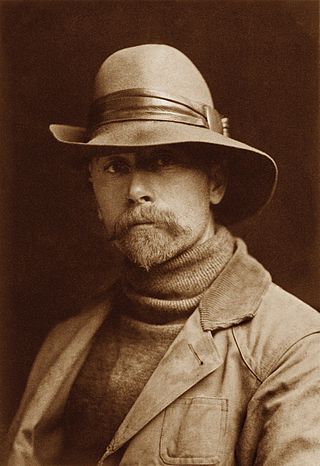
Edward Sherriff Curtis was an American photographer and ethnologist whose work focused on the American West and on Native American people. Sometimes referred to as the "Shadow Catcher", Curtis traveled the United States to document and record the dwindling ways of life of various native tribes through photographs and audio recordings.

Laura Gilpin was an American photographer.
Charles "Teenie" Harris was an American photographer from Pittsburgh, Pennsylvania. Harris was known for his photographs of residents and prominent visitors to Pittsburgh, including musicians and baseball players, which often appeared in the Pittsburgh Courier. His work is preserved in the permanent collection of the Carnegie Museum as a chronicle of mid-20th century life in Pittsburgh's African American communities.
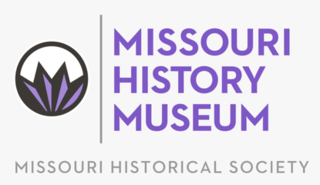
The Missouri History Museum in Forest Park, St. Louis, Missouri, showcases Missouri history. It is operated by the Missouri Historical Society, which was founded in 1866. Museum admission is free through a public subsidy by the Metropolitan Zoological Park and Museum District.

Joseph Jacinto Mora was a Uruguayan-born American cowboy, photographer, artist, cartoonist, illustrator, painter, muralist, sculptor, and historian who lived with the Hopi and wrote about his experiences in California. He has been called the "Renaissance Man of the West".

Grace Carpenter Hudson (1865–1937) was an American painter based in Northern California. She was nationally known during her lifetime for a numbered series of more than 684 portraits of the local Pomo natives. She painted the first, National Thorn, after her marriage in 1891. Her last work was completed in 1935.

Frank Albert Rinehart was an American photographer who captured Native American personalities and scenes, especially portrait settings of leaders and members of the delegations who attended the 1898 Indian Congress in Omaha.

The Missouri Historical Society was founded in St. Louis on August 11, 1866. Founding members created the historical society "for the purpose of saving from oblivion the early history of the city and state".

John Karl Hillers was an American government photographer.
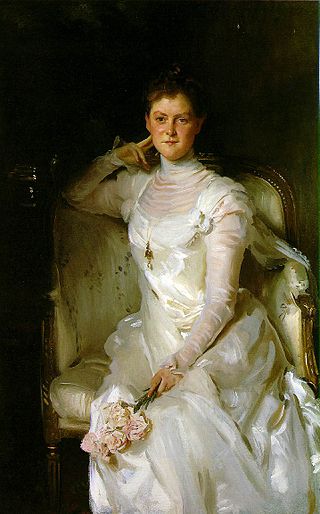
Sarah Choate Sears (1858–1935) was an American art collector, art patron, cultural entrepreneur, artist and photographer.
Heinrich (Henry) Richert Voth was an ethnographer and Mennonite missionary and minister. He was born in Alexanderwohl, Southern Russia. Voth was sent by the Mission Board of the General Conference Mennonite Church to work among the Arapaho and the Hopi people.

Photography by indigenous peoples of the Americas is an art form that began in the late 19th century and has expanded in the 21st century, including digital photography, underwater photography, and a wide range of alternative processes. Indigenous peoples of the Americas have used photography as a means of expressing their lives and communities from their own perspectives. Native photography stands in contrast to the ubiquitous photography of indigenous peoples by non-natives, which has often been criticized as being staged, exoticized, and romanticized.

William Herman Rau was an American photographer who was active primarily in the latter half of the 19th and early 20th centuries. He is best remembered for his stereo cards of sites around the world, and for his panoramic photographs of sites along the Pennsylvania Railroad.
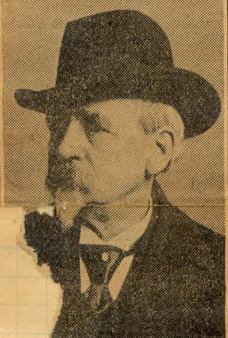
William H. Bell was an English-born American photographer in the latter half of the 19th century. Many of his photographs documenting war-time diseases and combat injuries were published in the medical book, Medical and Surgical History of the War of the Rebellion, and he took photographs of western landscapes taken as part of the Wheeler expedition in 1872. In his later years, he wrote articles on the dry plate process and other techniques for various photography journals.

Jessie Tarbox Beals was an American photographer, the first published female photojournalist in the United States and the first female night photographer.

Kate Cory was an American photographer and artist. She studied art in New York, and then worked as commercial artist. She traveled to the southwestern United States in 1905 and lived among the Hopi for several years, recording their lives in about 600 photographs.
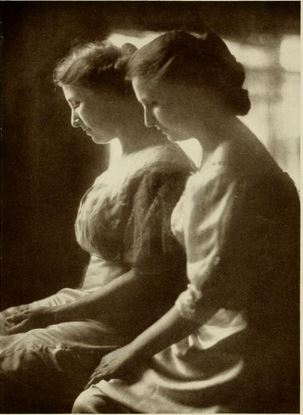
Emme Gerhard (1872–1946) and Mayme Gerhard (1876–1955), the Gerhard Sisters, were among the first women photographers to establish a studio in St. Louis, Missouri, in 1903. At the time newspapers and magazines rarely hired women as staff photographers to capture late breaking news.
Elizabeth Henshaw Metcalf was an American amateur anthropologist who conducted fieldwork among the Bagobo in the Philippines. After meeting and corresponding with Bagobo participants of the 1904 Louisiana Purchase Exposition, Elizabeth and her sister, Sarah Metcalf, amassed one of the best collections of Bagobo textile and clothing in the United States, including rare examples of dua talian cloth and three-panel skirts that show the overdyeing technique called sináke. Elizabeth and Sarah Metcalfs’ collection was donated to the University Museum at the University of Pennsylvania and the National Museum of Natural History at the Smithsonian Institution.
References
- ↑ "Collections: Native American Material". Field Museum . Retrieved 2009-03-08.
- ↑ Charles H. Carpenter (Spring 1994). Portraits of Native Americans: Photographs from the 1904 Louisiana Purchase Exposition. The New Press. ISBN 978-1-56584-160-4 . Retrieved 2009-03-08.